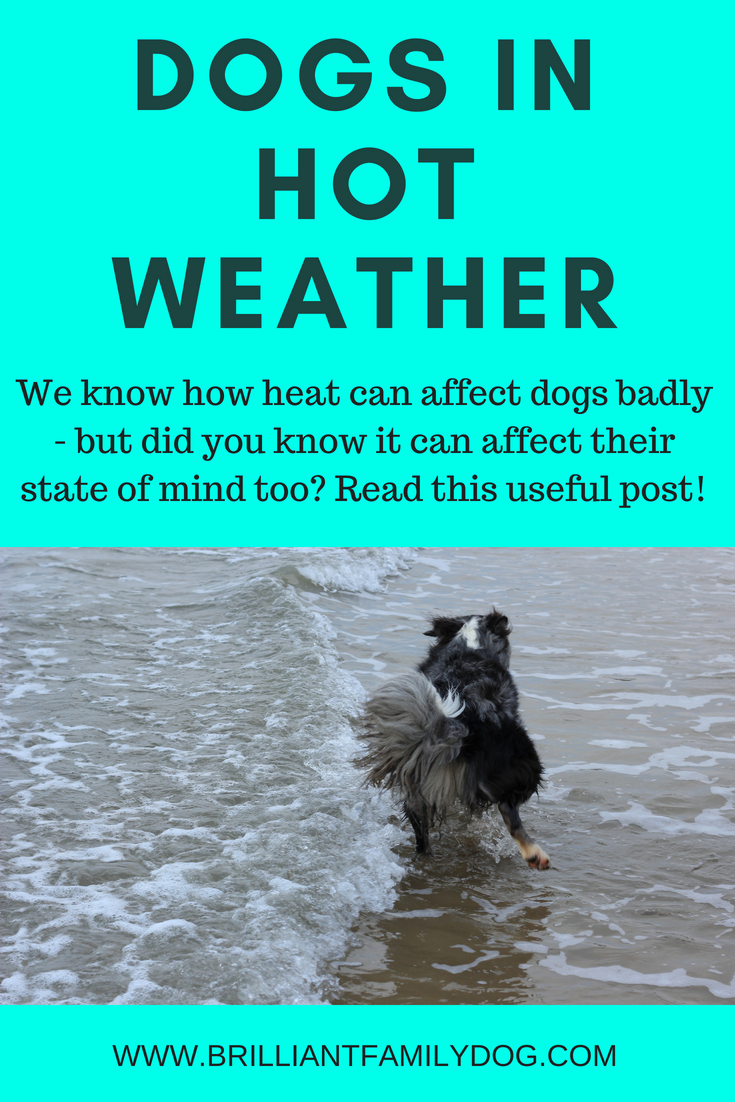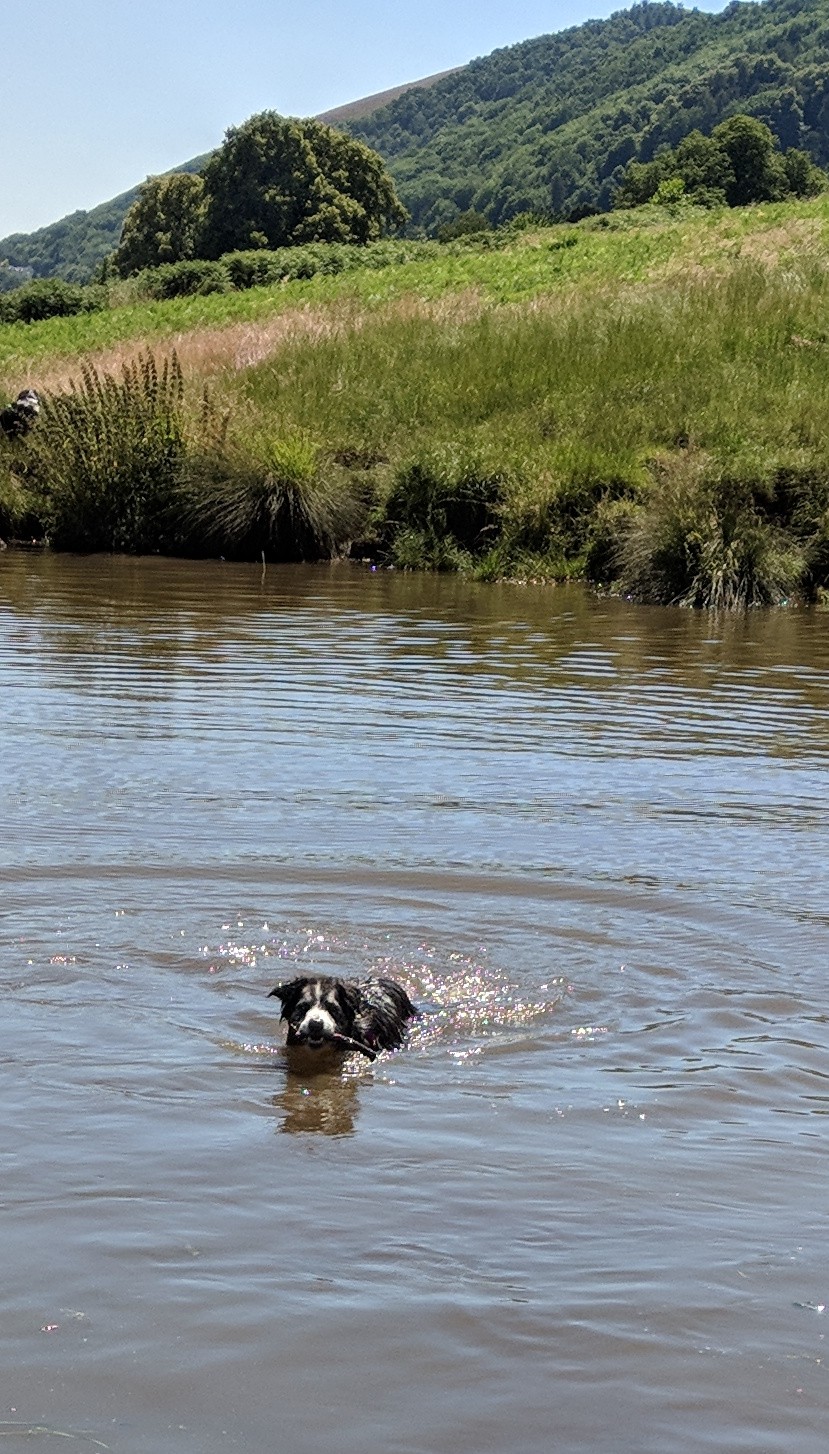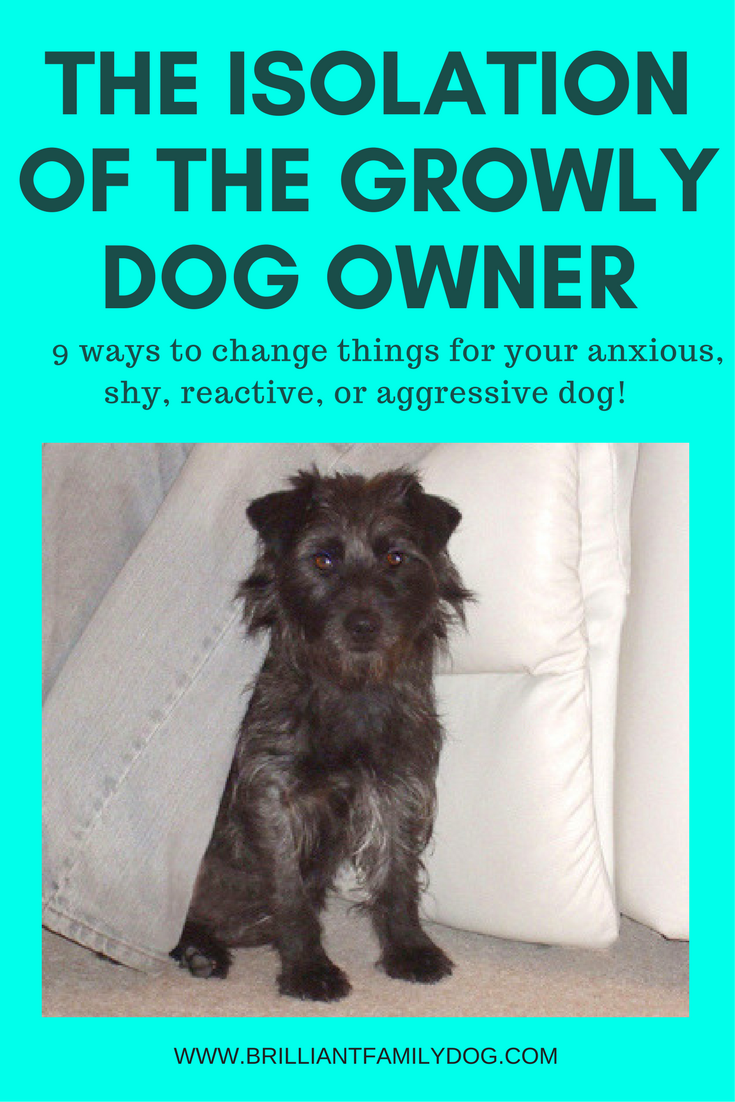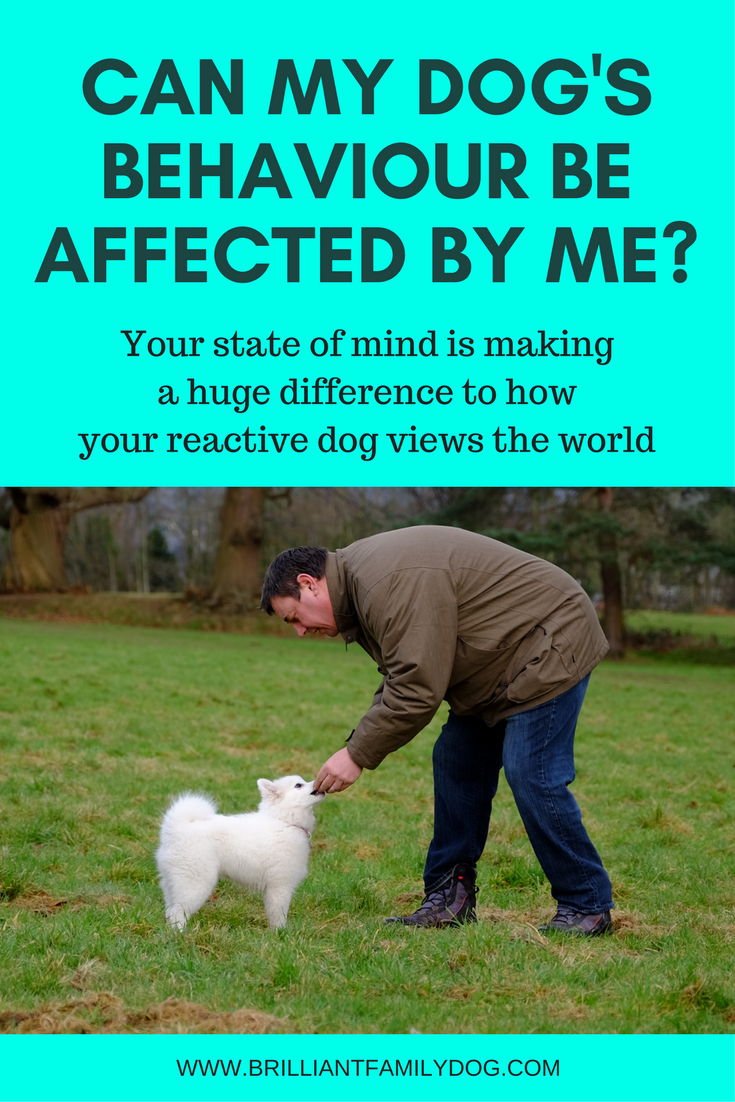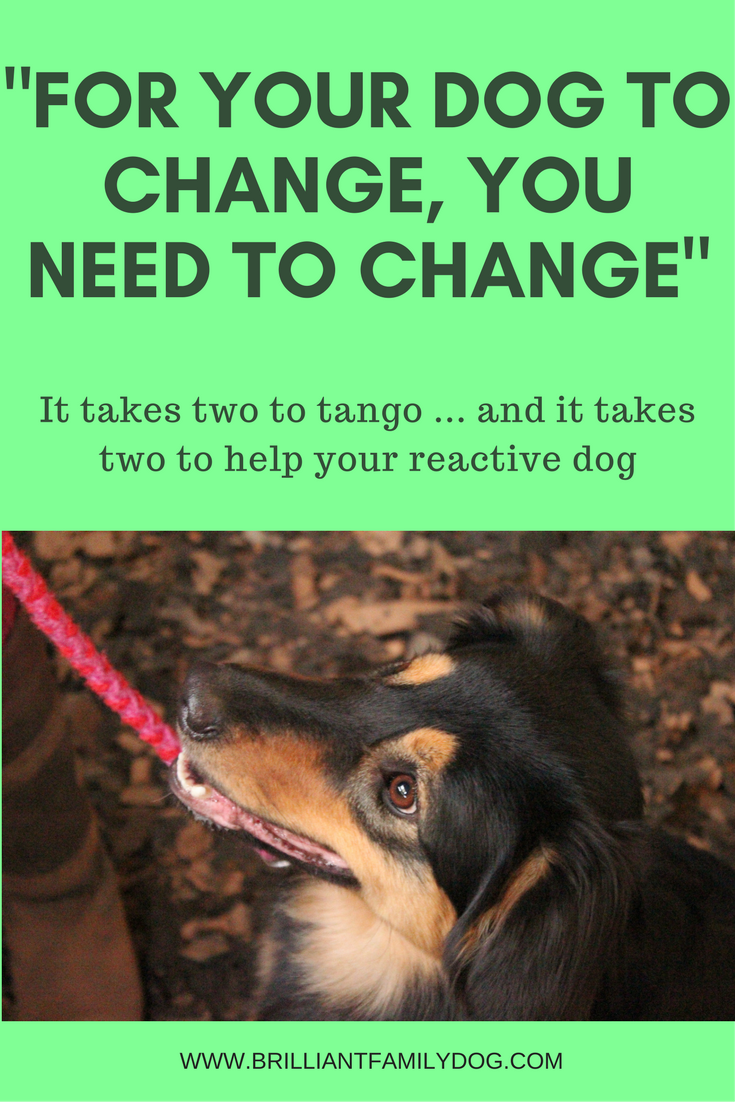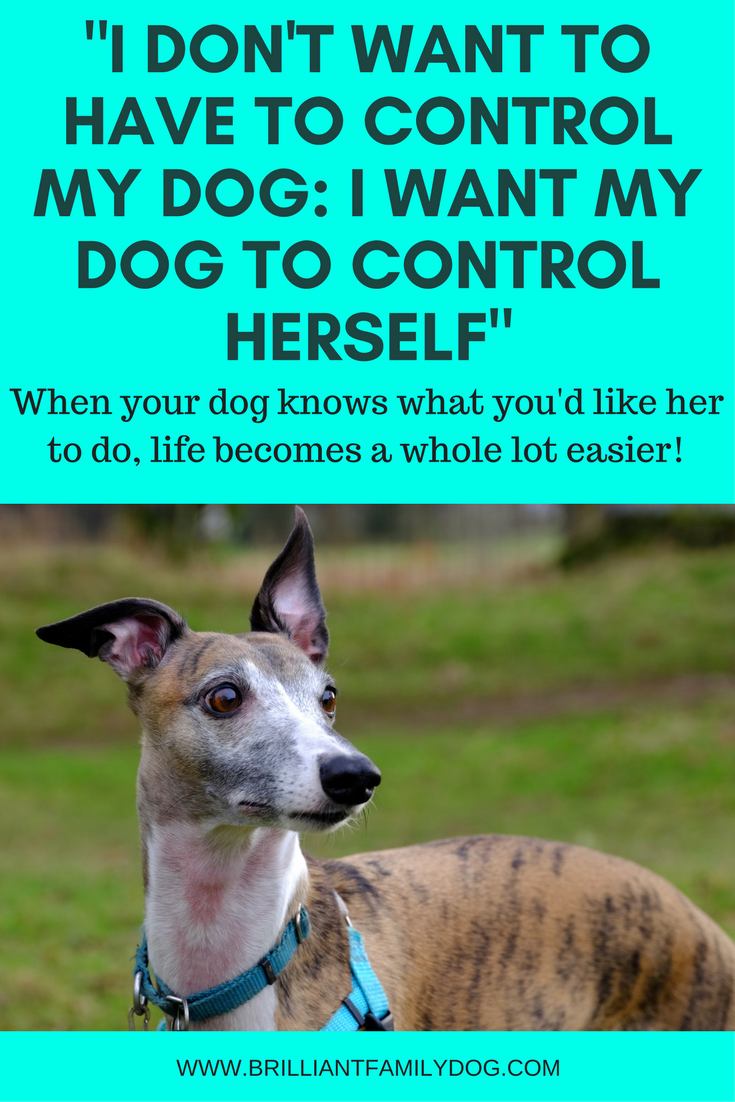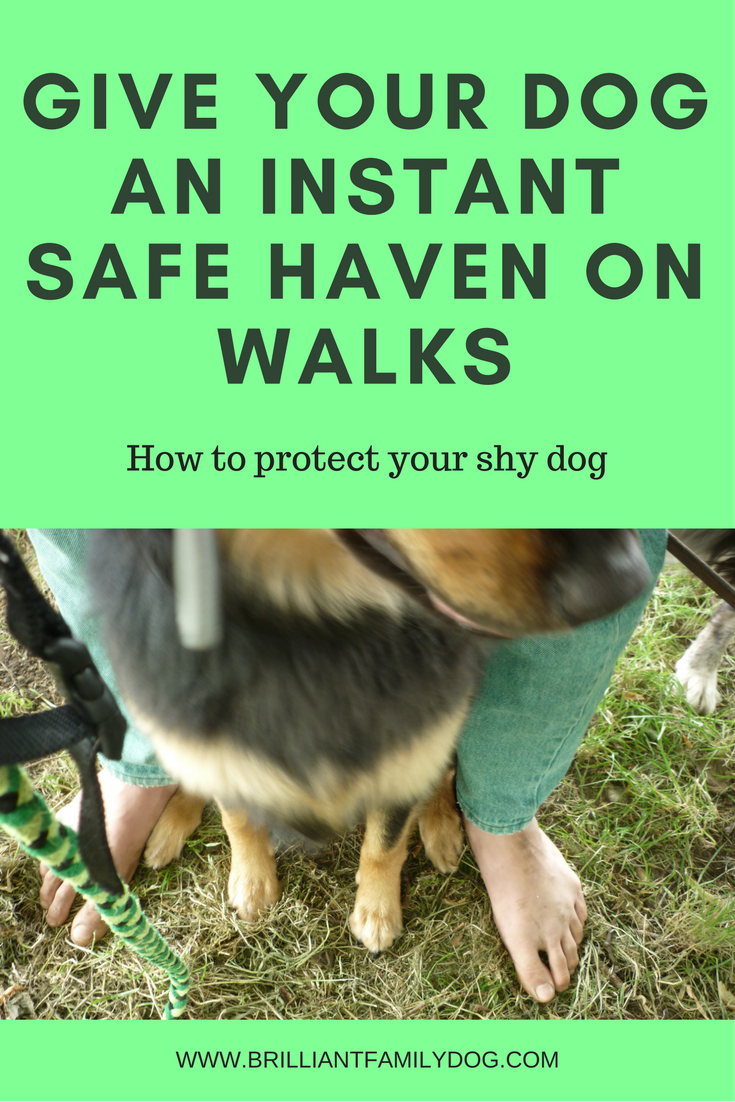It’s a puzzle to so many people. Their dog is easygoing and tranquil, and out of nowhere he snarks at another dog - or snaps at a child - or even growls at you!
Maybe your dog is not so easygoing and you have just learned to live with these “random” outbursts. You never know when he’s going to be in a good humour, and when he’s going to have a meltdown.
But you CAN know!
If you’re aware of what’s using up your dog’s patience stores, you’ll be able to manage him so that he doesn’t run out entirely, and be left with no way to go except have an outburst.
What you need to learn about is known as Trigger Stacking. And at the moment we have a huge extra trigger that many people simply aren’t aware of.
Heatwave!
In the UK at the moment we are enjoying (or suffering!) extreme weather. Weeks of temperatures in the high 70s and 80s (that's the high 20s in new money) - we’re not used to it at all!
So spare a thought for your dog, who has to wear his full fur coat regardless of the weather.
You doubtless know all the commonsense advice for dogs and hot weather:
• Ensure plenty of fresh water is available
• Brush out the winter coat as far as possible, and trim and shear hairy beasties
• Cut back on walks - maybe none at all for a few days, and certainly only at the cool ends of the day
• Limit access to the garden UNLESS you have a paddling pool to entertain your dog, or unless he has enough sense to find a shady spot and stay there
• Check temperature of the ground with your hand. Have you seen people doing the hoppy dance on a hot beach when they have no shoes on?
• Don’t leave your dog in a car, even with the windows open, without taking measures to keep it cool. This will include covering all the windows, ensuring a through draught, running an aircon, and - of course - parking in the shade.
• Consider a cooling mat for a double-coated breed, or a cooling shirt. A wet t-shirt will work well too, but you need to keep wetting it.
• Frozen food-toys may be popular
• Observe speed of panting and shape of tongue - a long spoon-shaped tongue means your dog is working hard to get rid of heat
Heatstroke in dogs can be quick, and deadly. So please take the precautions above to ensure your dog is protected.
Hothead
But you also need to consider how this heat is impacting his mental state.
I’d like you to take a quick detour and bone up on Spoon Theory. This explains so well how limited stores of energy have to be farmed and managed carefully. The same applies for our dogs with their limited store of tolerance.
Before you even step out of the door on a hot day, your dog is stressed. He’s already used up a boatload of spoons and may be running critically low. This could apply to the calmer dog as well as the “reactive” or growly dog.
You know how quickly you can get annoyed when you're uncomfortable - especially if you're not used to the heat? Think of airport rows and road rage in hot traffic jams.
Lots of people will be out and about in holiday mode, with dogs who are only walked on high days and holydays, and everyone will be hot and bothered.
So seek out quieter walks, shaded walks - if you can find a place for your dog to swim, so much the better! - and cut out the ball-throwing till the worst of this heat is over. It will be over soon enough, and all us Britishers can go back to talking about the weather in disparaging terms!
And if you live in a permanently hot place, you’ll have worked out your own ways of keeping your home cool, and strategies to get about outside without boiling. A reader from Texas told me that she can only take her dog out for 20’ at 5 am - after that it’s into the hundreds and impossible.
Triggers, and spoons
Armed with this knowledge, you can now look at your dog in a different way. Hopefully a more understanding and tolerant way. He’s not being difficult - he’s struggling in circumstances he finds hard at the best of times, and may now be finding impossible.
In the greater scheme of things, it really doesn’t matter if your dog doesn’t go for a walk for several days - or even weeks. And contrary to what you may be thinking, you may be surprised to find that your normally hyper dog in fact gets calmer and more manageable, the less he’s walked!
Help him by managing his day carefully when outside influences are making it harder for him. He’s relying on you!
Start the change with your reactive, anxious, aggressive - Growly - dog with our free Masterclass packed with ideas and strategies, all force-free
